 Welcome
Welcome
“May all be happy, may all be healed, may all be at peace and may no one ever suffer."
- A
- B
- C
- D
- E
- F
- G
- H
- I
- J
- K
- L
- M
- N
- O
- P
- Q
- R
- S
- T
- U
- V
- W
- X
- Y
- Z
Ecotrim 1% + 0.1%
Dicot 1% + 0.1%
Fusigal 2% + 0.1%
Nomos 12.50%
Pevicort 1% + 0.1%
Xderm 0.05%
Fusibac-H 2% + 1%
Cream - Brands
Cream is a semi-solid emulsion that is typically used for topical application to the skin. It is a mixture of oil and water, with an emulsifying agent that helps to bind the two together. Creams are commonly used for the treatment of various skin conditions, including dry skin, eczema, psoriasis, and other skin irritations.
Creams can be made from a variety of ingredients, including oils, waxes, and emulsifiers. Some creams may also contain active ingredients, such as antibiotics or steroids, to help treat specific skin conditions.
To apply a cream, a small amount is typically rubbed onto the affected area of the skin, using clean hands or a clean applicator. The cream should be spread evenly over the skin and allowed to absorb completely. It's important to follow the instructions provided with the cream, including how often to apply and how much to use per application.
Creams can vary in thickness and texture, with some being thicker and more greasy than others. It's important to choose a cream that is appropriate for your skin type and the condition being treated. If you have any concerns about using a cream, you should consult with a healthcare professional or pharmacist.
How to use Cream?
The usage of cream will depend on the type of cream you are referring to. Here are some general guidelines:
Face cream:
- Wash your face with a gentle cleanser and pat it dry with a towel.
- Take a small amount of cream on your fingertips and apply it to your face in upward circular motions.
- Make sure to cover your entire face, including your neck and décolletage, if desired.
- Allow the cream to absorb into your skin before applying makeup or going to bed.
Hand cream:
- Squeeze a small amount of cream onto your palm.
- Rub your hands together, making sure to cover all areas, including your fingers and cuticles.
- Massage the cream into your skin until it is fully absorbed.
Body cream:
- Take a generous amount of cream on your fingertips.
- Apply it to your skin, starting from your legs and working your way up to your arms, chest, and back.
- Massage the cream into your skin until it is fully absorbed.
Remember to always read the instructions and warnings on the product label before use.

Suspension

CO Solution
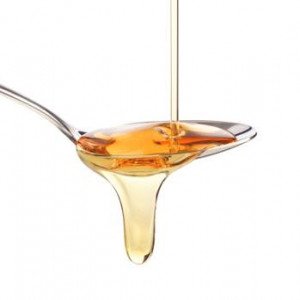
Solution
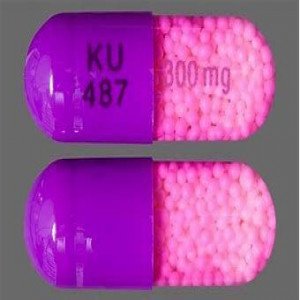
Capsule (MR)
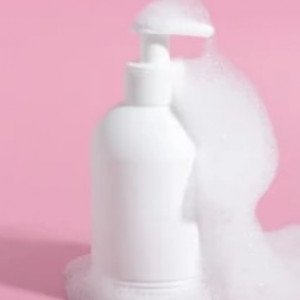
LC Soap
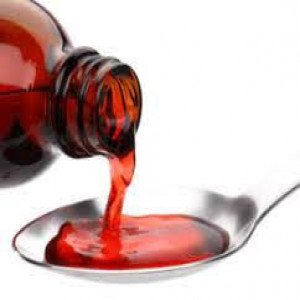
Suspension
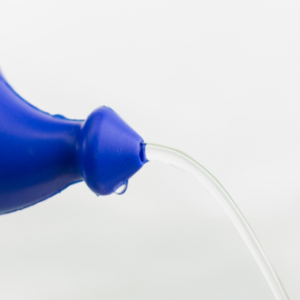
Irrigation

Tablet
Cream, How to use Cream, ক্রিম
To be happy, beautiful, healthy, wealthy, hale and long-lived stay with DM3S.